Where to Sell Children’s Clothes Online And How to Do It
Selling children’s clothes online offers numerous advantages.
First and foremost, it provides a vast customer base, allowing you to reach buyers beyond your local area. Additionally, online marketplaces offer user-friendly interfaces and streamlined processes, making it easier than ever to list your items and manage your sales. Furthermore, the demand for children’s clothes is constant, with parents constantly seeking affordable and stylish options for their growing kids.
Throughout this article, we will discuss the most popular online platforms for selling children’s clothes, delve into essential strategies for preparing and pricing your items, explore effective marketing techniques, and provide insights into inventory management and secure transactions.
This is gonna take you plenty of time, so if you are serious with your business, let’s take a look. I’m sure it’ll be worth your time.

Factors to consider when selecting a platform
When choosing a platform to sell children’s clothes, there are a few important things to think about:
- Who are you trying to reach? Consider the platform’s target audience and the types of people who use it.
- Look at the fees and commissions charged by the platform. Make sure they align with your expectations and won’t eat into your profits too much.
- Consider how easy it is to use the platform and what listing tools are available to help you showcase your items effectively.
- Think about the shipping and logistics options provided. You’ll want to make sure it’s convenient for you to send out your sold items.
- Check if the platform offers seller protection and reliable customer support. It’s important to feel supported and have recourse if any issues arise.
Choosing An Online Platform for Selling Children’s Clothes Online
The roots of e-commerce can be traced back to the 1960s when electronic data interchange (EDI) was introduced, allowing business transactions to be conducted electronically. However, it wasn’t until the 1990s that e-commerce began to gain significant traction and experience rapid growth.
Despite having a long history, e-commerce platforms are still a gold mine for new entrepreneurs who want to exploit them, and let’s learn about some of the most potential “gold mines”.
1. eBay
eBay is like a huge store where you can buy and sell all sorts of things, like clothes, electronics, sports gear, and antiques. To use eBay, you create an account by providing your email, home address, and phone number. Once you’re signed up, you can start buying or selling items online.
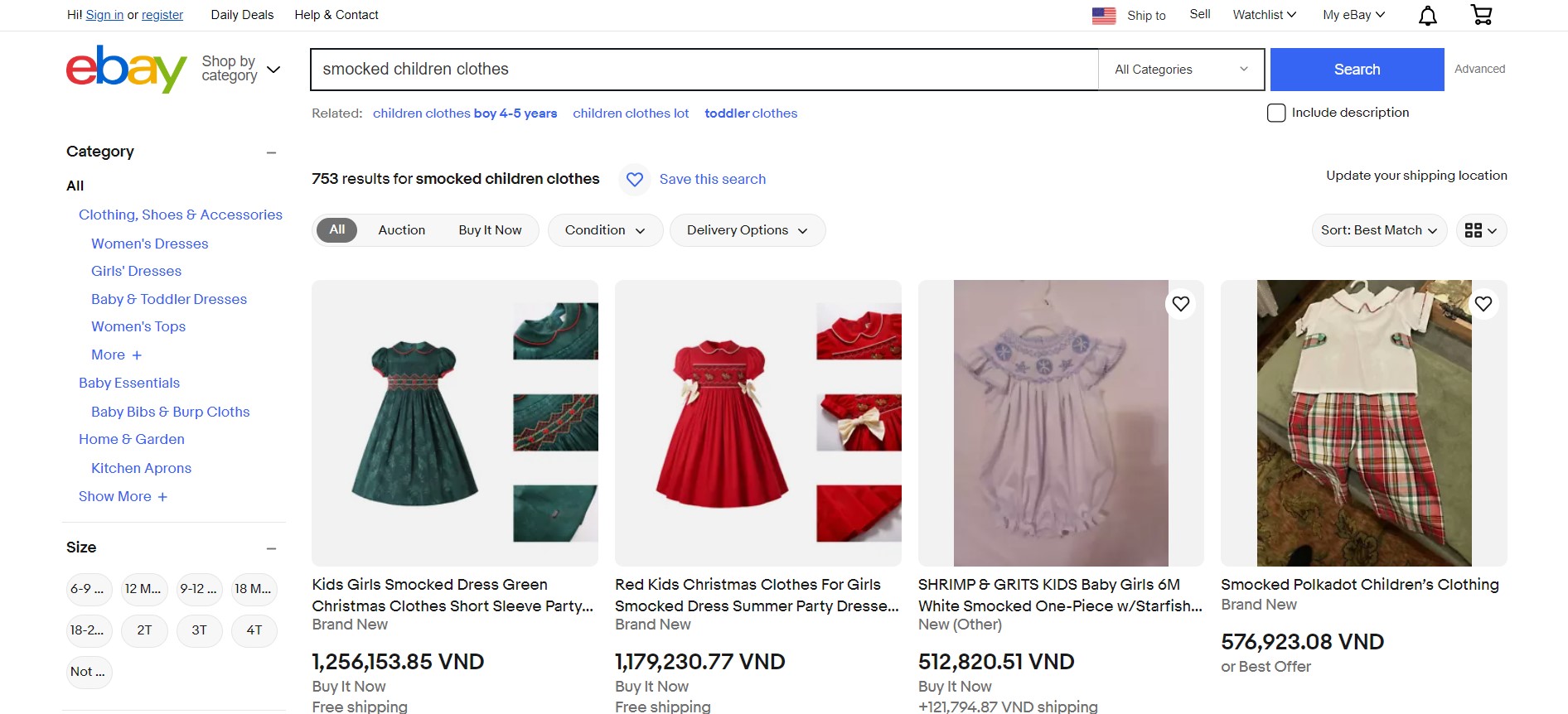
Starting in April 2024, eBay removed the fees for selling and buying used clothes, except for trainers, watches, handbags, and jewelry. However, they have introduced a new fee called the regulatory fee. This fee adds to the basic charges for sellers and amounts to 13.15% of the total sale amount, plus a fixed charge of $0.3 per order if the order is $10 or less or $0.40 if the order is over $10.
eBay now requires sellers to pay a “regulatory operating fee” equal to 0.35% of their total sale amount, including postage. This fee started on April 8th of this year. It is calculated as a fixed percentage of the total sale amount, which includes the price of the item, postage costs, taxes, and any other applicable fees. Additionally, this fee is subject to VAT, which brings it up to 0.42%.
Sellers are allowed to list up to 250 items for free each month. If they list more than that, it costs $0.35 per additional item.
2. Etsy
The main drawback is that on Etsy, you can only sell clothes that are either handmade or vintage, which means they have to be at least 20 years old. This rule restricts what you can sell because you can’t offer clothes made in the last 20 years.
However, this “rule” actually benefits K-Embroidery’s partners. They import smocked children’s clothing products and sell them on Etsy. Even though these products aren’t vintage, they are all hand-embroidered, which meets Etsy’s requirements.
Overall, Etsy is a great platform for selling vintage or handmade items, therefore, if you’re looking to hand-embroidered clothing, you may have more luck on Etsy than on other e-commerce platforms.
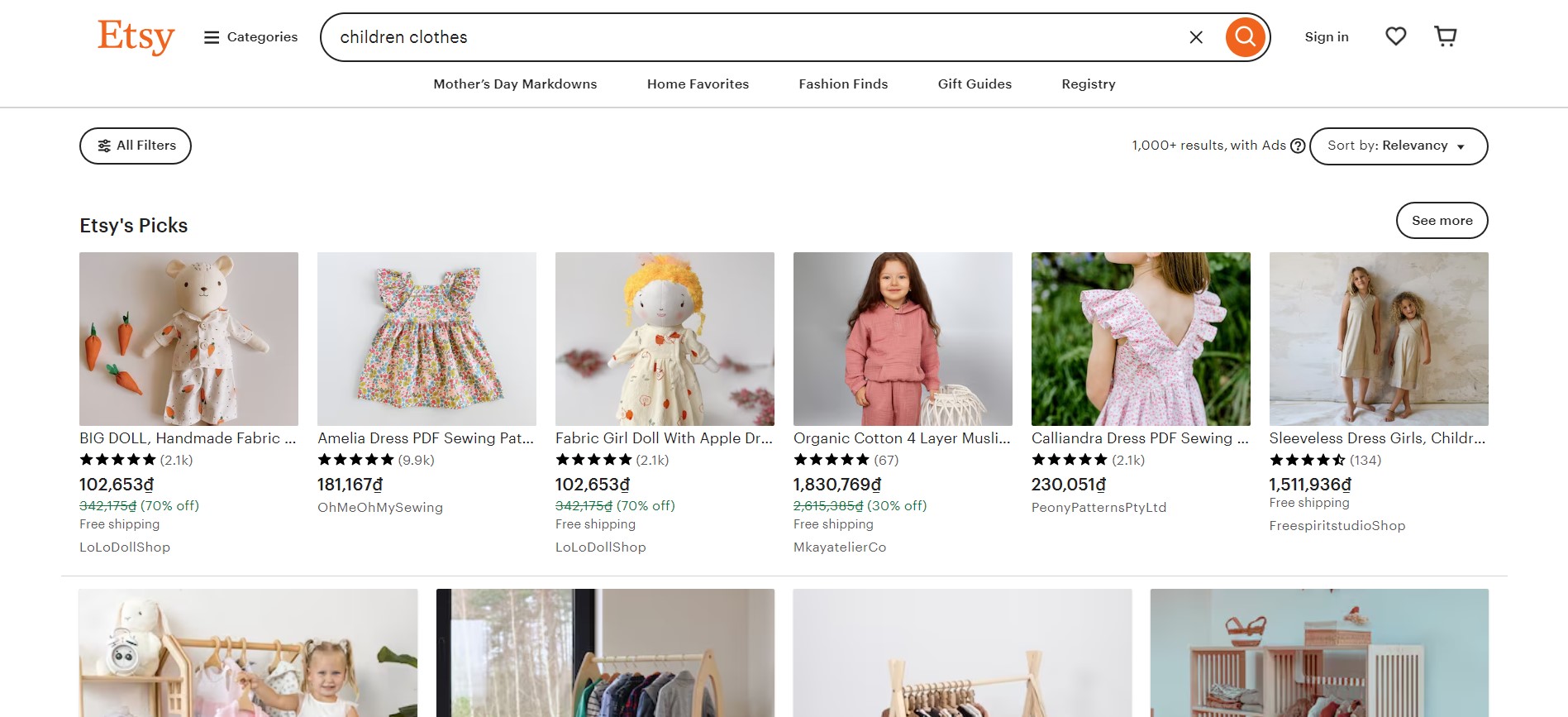
When it comes to fees, Etsy has a different system. You pay $0.20 for each listing you create, and when you make a sale, Etsy takes a 6.5% transaction fee and a $0.25 payment processing fee. You can find a complete list of fees on their website.
Etsy also advertises products through offsite ads, and by default, all sellers are automatically included. If you want to opt out, you can do so as long as your total revenue is less than $10,000 per year. If a sale is made through one of these ads, you pay an additional 15% fee.
For shipping, Etsy offers tools to calculate shipping costs, and you can also set the shipping price manually. Printing your shipping labels through Etsy can save you up to 30%.
Lastly, keep in mind that Etsy has a large international customer base. It attracts buyers from around the world, so when selling clothes, consider catering to this global market.
3. Amazon
And of course, no one today doesn’t know about Amazon. Amazon is the leading apparel seller in the country. It easily beats out other platforms like Etsy, along with big box stores and popular clothing chains.
Amazon is a suitable platform for various types of sellers, including individuals, small businesses, and large retailers. It caters to both experienced merchants and those new to selling online. Whether you have a few items or a large inventory, Amazon provides opportunities to reach a wide customer base.
Recent research estimates that 87% of Amazon sellers are making a profit selling clothing. An additional 37% of sellers even noted that their average profit margin exceeded 20%.
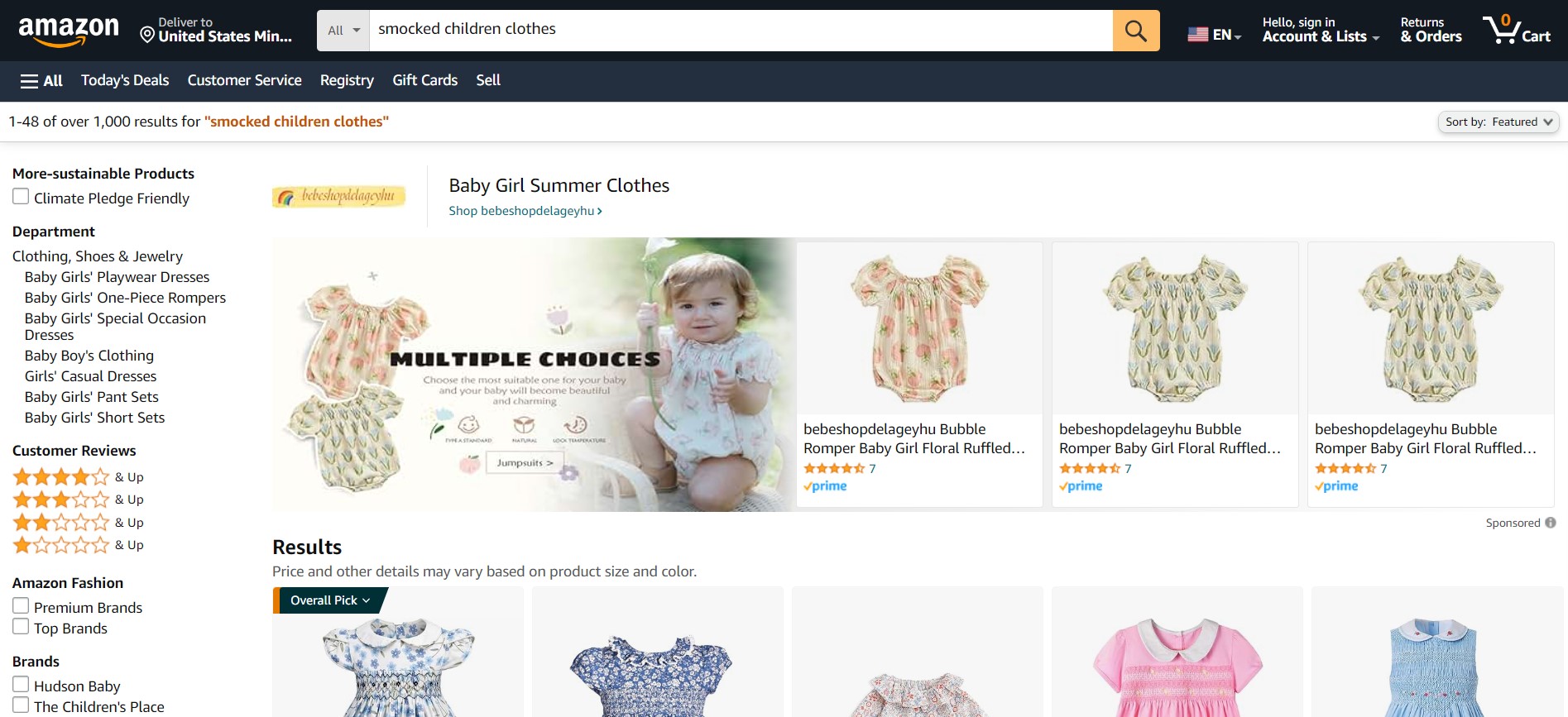
Regarding fees, you can refer to some of Amazon’s fees here:
- Monthly subscription fee: Professional sellers (selling 40+ items per month) pay $39.99 a month. Individual sellers (selling less than 40 items a month) pay no monthly subscription fee.
- Fee per item: Professional sellers pay no fee per item, while individual sellers are charged $0.99 per item sold.
- Additionally, sellers also need to consider additional costs such as shipping fees, referral fees, and closing fees, which may vary.
4. ThredUP
ThredUP is a website where you can sell your women’s and children’s clothes. Think of thredUP as a consignment shop that buys your clothes from you. It’s really easy to use.
First, you sign up and start the process by requesting to “clean out” your clothes. Then, thredUP will email you a shipping label that you can print out and attach to a box or bag. You can send it to thredUP using FedEx or USPS.
Keep in mind that thredUP has high standards for the clothes they accept. Your clothes should be clean, in almost new condition, and without any damage, signs of wear, or alterations.
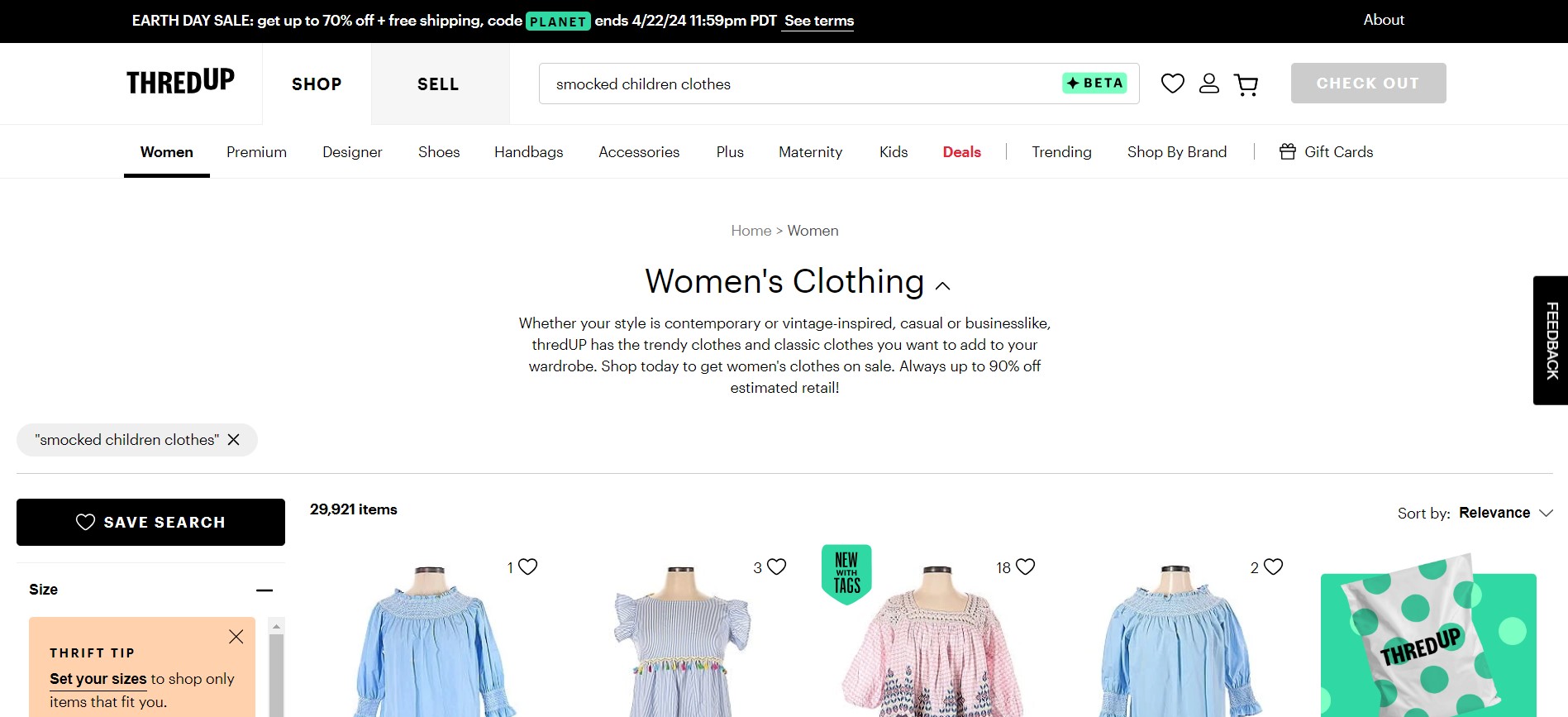
If your clothes are accepted and listed for sale, thredUP will pay you a percentage of the final selling price. You’ll earn more for higher-priced items. For example, if your clothes sell for $100 to $199.99, you can earn 60% to 80%. But if they sell for $5 to $19.99, you’ll only earn 3% to 15%.
Clothes that thredUP doesn’t list for sale will be sent to their third-party partners for recycling. If you want unaccepted items returned to you, you can choose thredUP’s “Return Assurance” service for a fee of $10.99, which will be deducted from your earnings. You need to select this service when you send in your clothes initially.
5. Poshmark
You can use the Poshmark app or website to sell clothes and accessories. You can post items for women, men, and children as long as they’re clean and in good condition.
Unlike thredUP, where they handle the listing for you, on Poshmark, you take charge of listing your items. The website provides guidance on how to do it. First, you upload well-lit photos of your item. Then, you set the price, write a detailed description, and share it with others.
When you make a sale, Poshmark sends you a shipping label from USPS, but you’re responsible for packaging the item.

Poshmark charges $2.95 for sales under $15 and takes a 20% commission on sales of $15 or more. After the buyer receives the item, you’ll receive your share within three days.
The app also has “Posh Parties” several times a day. These events have a specific theme, and you can submit items that fit the theme. It helps interested buyers find your items more easily. The themes can focus on brands, special occasions, or specific departments like children’s clothing.
Preparing Children’s Clothes for Online Sale
Of course, before you can think about selling on e-commerce platforms, you will need to have a product first, right? And to let customers know what you sell and what your clothing products look like, you will have to have product photos to show them.
1. Sorting and organizing clothes
Take some time to go through all the clothes you want to sell and separate them into different categories or groups. You can organize them by size, season, type of clothing, or any other way that makes sense to you.
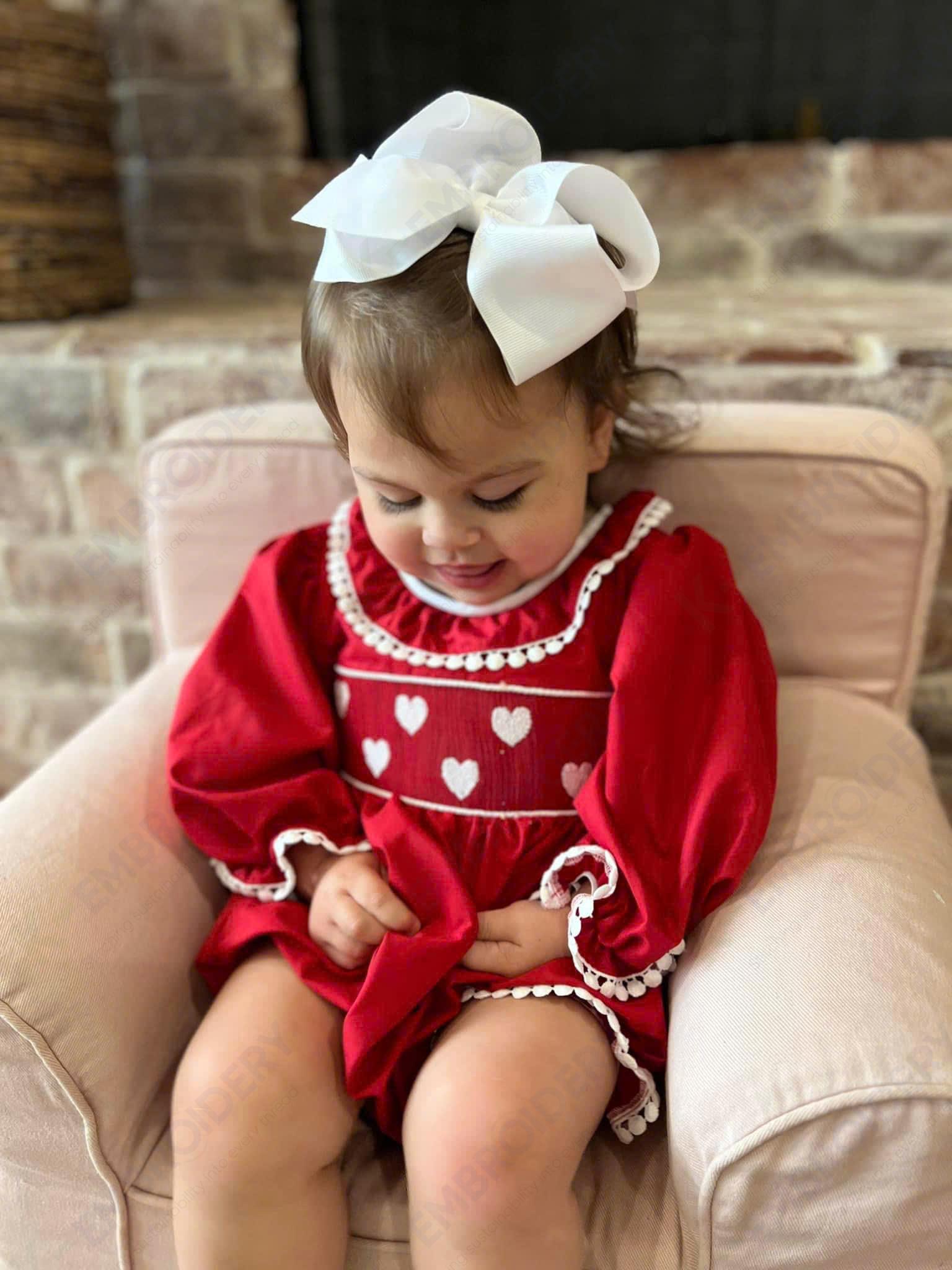
2. Cleaning and inspecting clothes for quality
Everyone wants their clothes to look new and attractive to potential buyers. Therefore, you should take some time to inspect each part for any damage, such as rips, tears, or missing buttons.
3. Photographing clothes
When preparing children’s clothes for online sale, it’s important to take good photos of them:
Follow these tips for attractive product photos:
- Make sure the clothes are clean and wrinkle-free.
- Use a plain background that won’t distract from the clothes.
- Consider using props or accessories to enhance the visual appeal.
Use natural light and find the right angles:
- Take photos near a window or in a well-lit area to capture the true colors and details of the clothes.
- Experiment with different angles to showcase the clothes in the best way possible.
Display the clothes clearly and accurately:
- Lay the clothes flat or use a mannequin to show how they fit and look when worn.
- Ensure that all parts of the clothes are visible, including the front, back, and any unique features.

4. Writing compelling descriptions
When writing descriptions of children’s clothing to sell online, keep these tips in mind:
Highlighting key features and details:
- Describe the style, design, and any special or unique features of the garment.
- Mention any brand names, celebrities, or trendy elements that might attract buyers.
Be sure to include relevant size and condition information:
- State the size of the garment, including any specific measurements where possible.
- Provide accurate details about the condition of the clothes, mentioning whether they are new, like new or gently used.
Use keywords to optimize search (very few people know about this tip)
- Use words and phrases that potential buyers might search for when looking for children’s clothing.
- Include relevant terms such as gender, age, specific clothing types, and popular topics.
Pricing Strategies for Selling Children’s Clothes Online

You can’t sell anything without setting a price for it. But the question is: what price is reasonable for customers and profitable for you? So here are some tips for new entrepreneurs:
- Researching market prices: Check to see what your competitors sell their products at. What is special about your product that can sell it at a higher price than theirs?
- Setting competitive but profitable prices: You can absolutely compete on price, however, this is often a method of competition that few people encourage, unless your financial potential is strong. If not, you should compete with other things such as product and service quality. As for the price, it should be competitive but still bring enough profit for you to maintain and develop your business.
- Utilizing discounts: Every customer likes to buy cheap products but the quality remains unchanged. Therefore, you can take advantage of this psychology to offer discounts and promotions on special occasions to attract buyers.
- Negotiation considerations: Although product prices on e-commerce platforms are mostly fixed, you can still allow buyers to negotiate prices if they plan to buy in large quantities.
|
Determining the selling price is not an easy task, you cannot keep the same price for a while, then suddenly change it because it does not bring you profit. Because of this problem, many partners came to K-Embroidery (of course, they first came to buy our smocked children’s dresses in bulk) and asked for advice on the price they can set for those products. We are always ready to advise on the e-commerce platform they should sell on, the fees and pros and cons of each platform, and from there they can make their own decisions. And even many people have made a fortune starting from a small capital. So, if you have the same problem, you know who to turn to! |
Promoting and Marketing Children’s Clothes Online
Creating a strong brand presence

A very important part that is overlooked by most entrepreneurs is determining your brand’s values, mission, and target audience. This is what you aim for and if you have nothing to aim for then of course you will get lost and fail.
Additionally, you also need to create a brand name, logo, and sometimes even a slogan that reflects your identity. The brand name and logo will be printed on your products in easy-to-see locations such as the right side of the chest.
Utilizing social media platforms
When it comes to promoting and marketing children’s clothes online, social media platforms can be powerful tools. Here are what you’re gonna do with these:

Instagram:
- Create an Instagram account for your children’s clothing business. You can’t do anything without an account, can you?
- Share eye-catching photos of your clothes, showcasing them on models or in creative settings.
- Use relevant hashtags such as #kidsfashion or #smockedchildrensclothing to reach a wider audience.
- Engage with your followers by responding to comments and messages promptly.
- Collaborate with influencers or mom bloggers who have a strong presence on Instagram to promote your brand.
Pinterest:
- Create a Pinterest account and organize boards based on different clothing categories or styles.
- Pin high-quality images of your clothes, linking them back to your online store or website.
- Utilize keywords and descriptions in your pins to improve discoverability.
- Collaborate with other Pinterest users or influencers in the children’s fashion niche to expand your reach.
- Take advantage of Pinterest’s shopping features, such as product tagging, to make it easier for users to purchase your clothes directly.
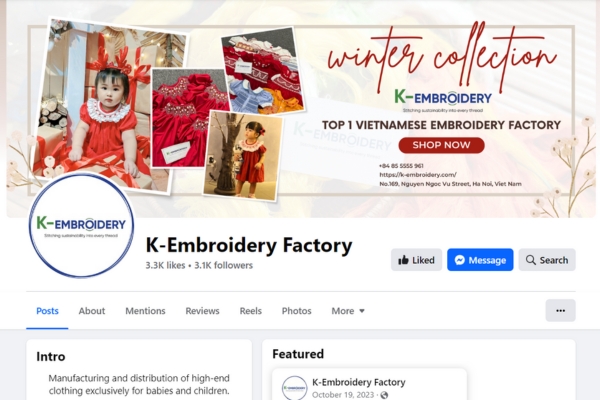
Facebook:
- Set up a Facebook page for your children’s clothing business.
- Share appealing images of your clothes and use engaging captions to attract attention.
- Post regularly to keep your followers updated on new arrivals, sales, or special promotions.
- Utilize Facebook’s advertising options to target specific demographics and reach potential customers.
- Encourage customers to leave reviews and ratings on your Facebook page to build trust and credibility.
Engaging with potential customers
Make sure you interact well with customers, even if they are not potential customers. They may not have a current need to buy, but if they see your dedication and enthusiasm, they may support you in the future or even introduce you to many others.
And to do that, you need to respond to customer inquiries and messages promptly, and provide exceptional service to potential customers. Additionally, to increase the credibility of your “store”, you can collaborate with influencers or bloggers.
Conclusion
In short, selling children’s clothes online is a convenient and effective way to reach customers. Do it step-by-step, choose the right platform, prepare your clothes, set the right prices, and promote your brand through social media. Every work you do well is one step closer to success in this competitive industry.


